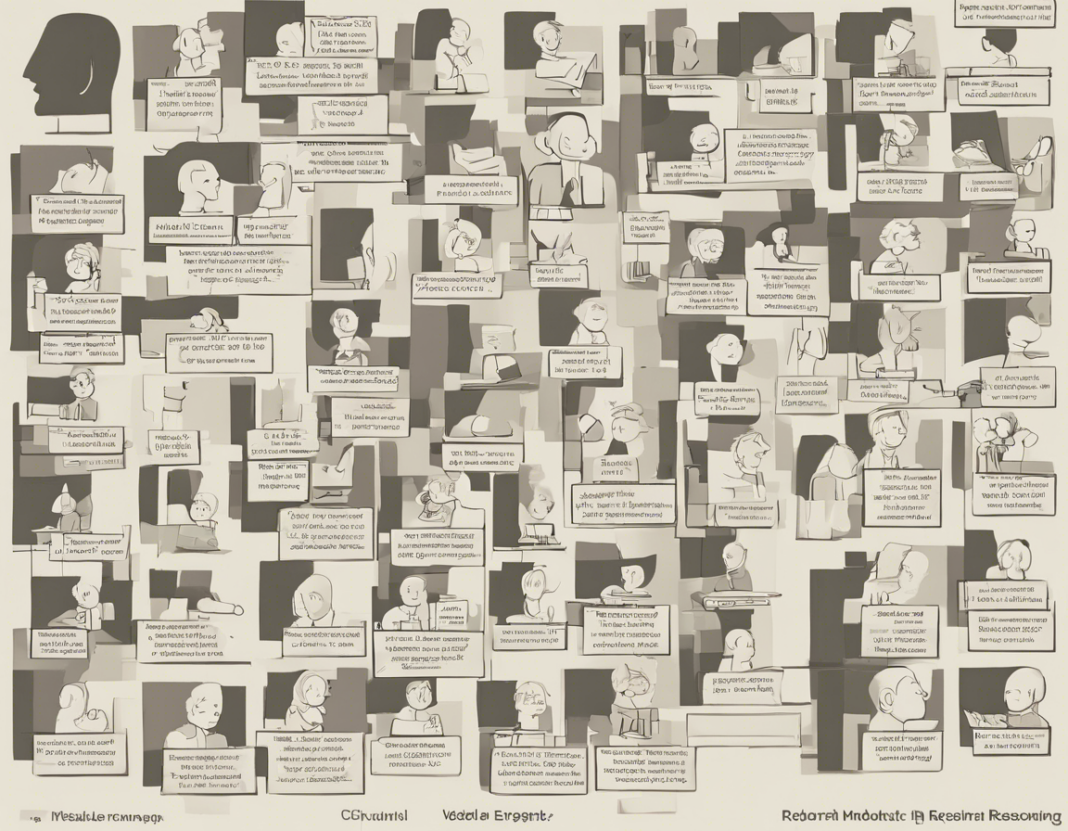In the realm of communication and understanding, the ability to reason effectively plays a crucial role. Reasoning refers to the mental process of drawing inferences, making decisions, and solving problems based on information and evidence available to us. In our everyday interactions, both verbal and non-verbal cues play a significant role in how we reason and make sense of the world around us. Verbal reasoning involves the use of language – spoken or written – to form and evaluate arguments, assess validity, and reach conclusions. On the other hand, non-verbal reasoning pertains to the interpretation of visual and sensory information such as images, symbols, and body language to comprehend situations and draw meaningful insights.
Understanding Verbal Reasoning
What is Verbal Reasoning?
Verbal reasoning is a cognitive ability that involves understanding and analyzing information presented in words. It requires critical thinking, problem-solving skills, and the capacity to evaluate and interpret text.
Why is Verbal Reasoning Important?
Effective verbal reasoning is essential for clear communication, logical thinking, and the ability to navigate complex information. It enables individuals to express ideas coherently, understand others’ perspectives, and make informed decisions based on sound arguments.
Techniques for Improving Verbal Reasoning
- Practice – Regularly engaging in activities such as reading, discussing complex topics, and solving puzzles can enhance verbal reasoning skills.
- Critical Reading – Actively questioning and analyzing texts, identifying key arguments, and evaluating evidence can improve comprehension and reasoning abilities.
- Vocabulary Building – Enhancing language proficiency through learning new words, understanding their meanings, and using them in context can boost verbal reasoning capabilities.
Navigating Non-Verbal Reasoning
What is Non-Verbal Reasoning?
Non-verbal reasoning involves the interpretation of visual, spatial, and sensory information without relying on language. It includes skills such as pattern recognition, spatial awareness, and understanding relationships between shapes and symbols.
Importance of Non-Verbal Reasoning
Non-verbal reasoning is crucial for tasks that involve visual information, such as problem-solving in mathematics, interpreting graphs and diagrams, and understanding non-verbal cues in social interactions.
Strategies to Enhance Non-Verbal Reasoning
- Practice Spatial Skills – Engaging in activities that involve spatial awareness, such as puzzles, mazes, and geometric exercises, can enhance non-verbal reasoning abilities.
- Pattern Recognition – Training the brain to identify patterns, sequences, and relationships in visual information can improve problem-solving skills and logical reasoning.
- Visual Memory Training – Enhancing the ability to retain and recall visual information accurately can boost non-verbal reasoning proficiency.
Integration of Verbal and Non-Verbal Reasoning
The Synergy of Verbal and Non-Verbal Reasoning
Combining verbal and non-verbal reasoning skills can lead to comprehensive cognitive abilities that allow individuals to process information holistically. The integration of both forms of reasoning enables a deeper understanding of complex concepts, enhances communication effectiveness, and improves decision-making processes.
Practical Applications
- Educational Settings – Incorporating activities that stimulate both verbal and non-verbal reasoning can enhance learning outcomes and cognitive development in students of all ages.
- Professional Environments – Effective communication in the workplace requires a blend of verbal and non-verbal reasoning skills to navigate complex tasks, interpret data, and collaborate with colleagues successfully.
FAQs
1. Is verbal reasoning more important than non-verbal reasoning?
Both verbal and non-verbal reasoning play vital roles in cognitive processing. While verbal reasoning is essential for language-based tasks, non-verbal reasoning is crucial for visual and spatial problem-solving.
2. How can I improve my verbal reasoning skills?
Practicing critical reading, engaging in discussions, and expanding your vocabulary are effective ways to enhance verbal reasoning abilities.
3. What are some real-world examples of non-verbal reasoning?
Interpreting maps, understanding symbols, and recognizing patterns in data are examples of non-verbal reasoning skills applied in everyday situations.
4. Can verbal and non-verbal reasoning be developed simultaneously?
Yes, individuals can work on improving both forms of reasoning concurrently through targeted practice, cognitive exercises, and skills training.
5. How do verbal and non-verbal reasoning contribute to emotional intelligence?
Verbal reasoning helps in understanding and expressing emotions through language, while non-verbal reasoning aids in interpreting non-verbal cues such as facial expressions and body language, crucial for emotional intelligence.
In conclusion, mastering both verbal and non-verbal reasoning techniques is essential for navigating the complexities of the modern world. By honing these cognitive skills, individuals can improve communication, problem-solving, and decision-making abilities, leading to enhanced overall cognitive prowess.


